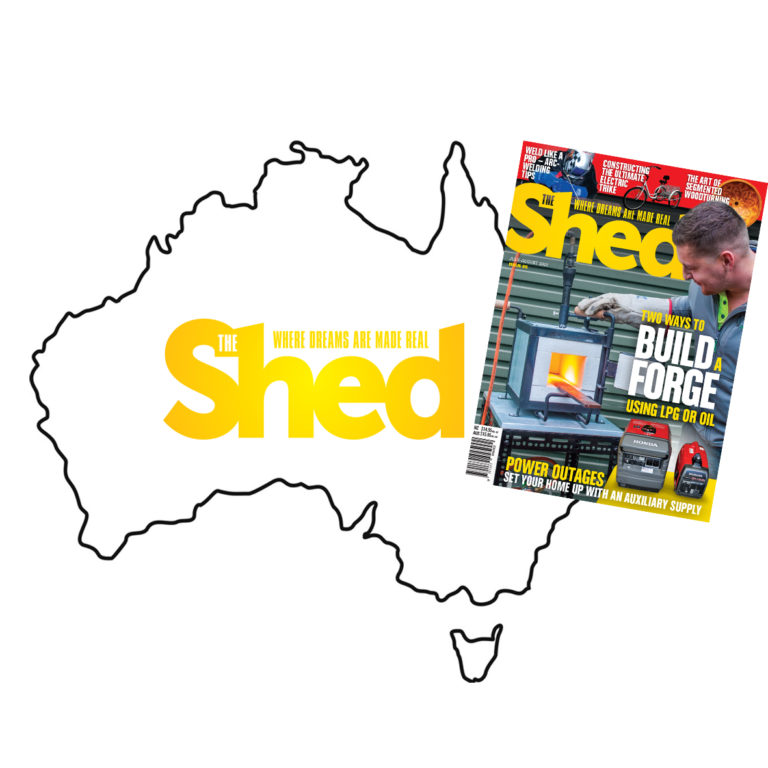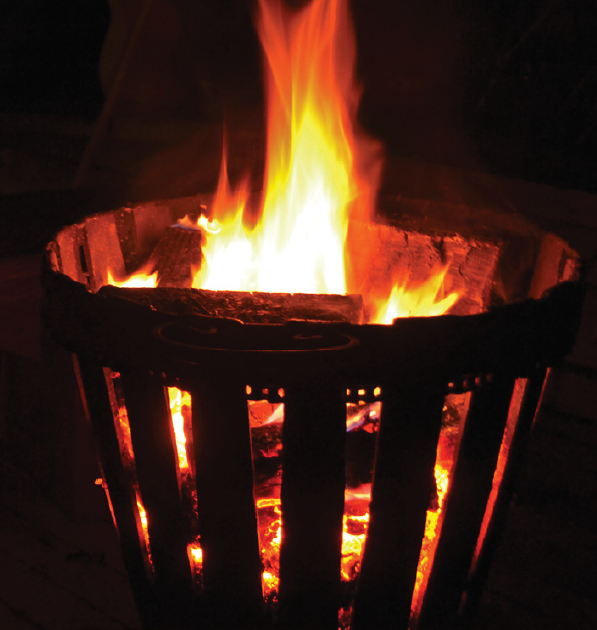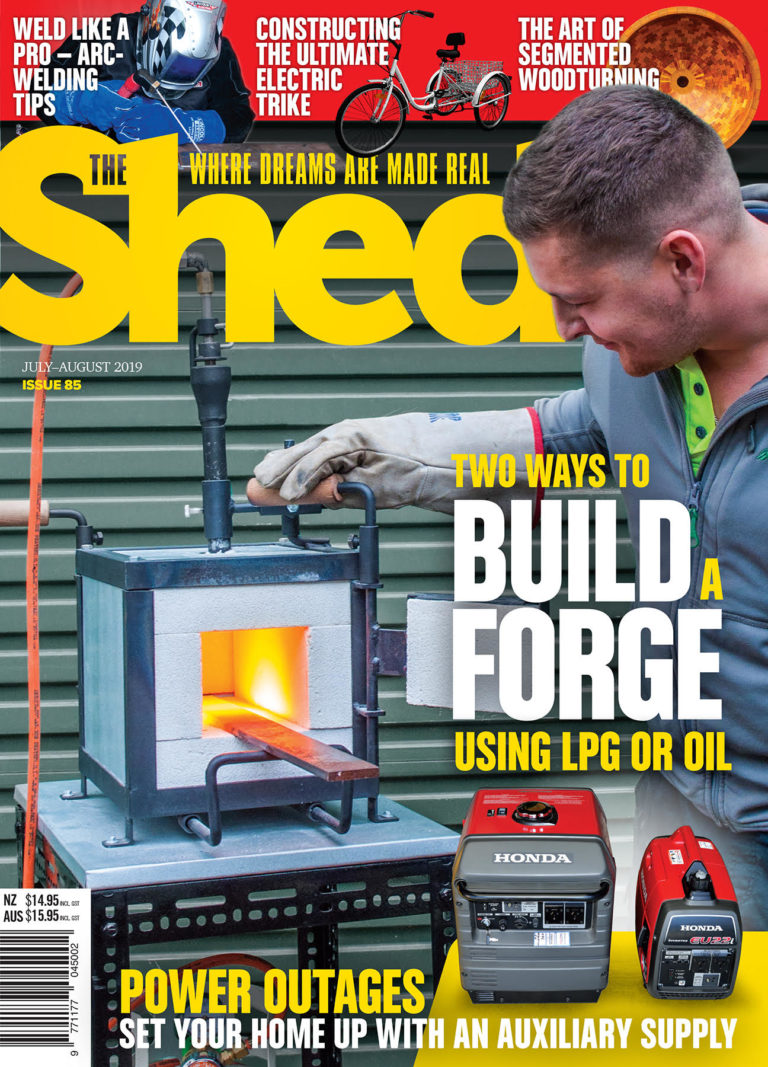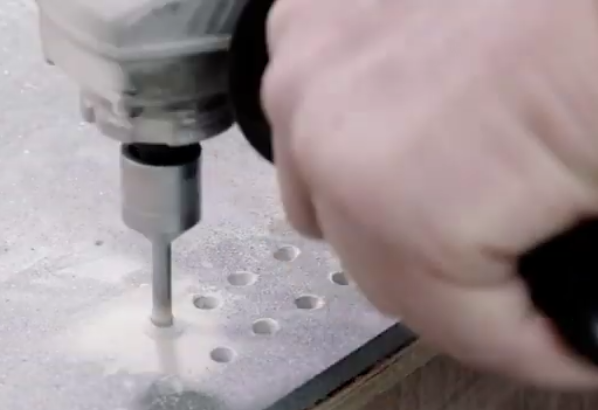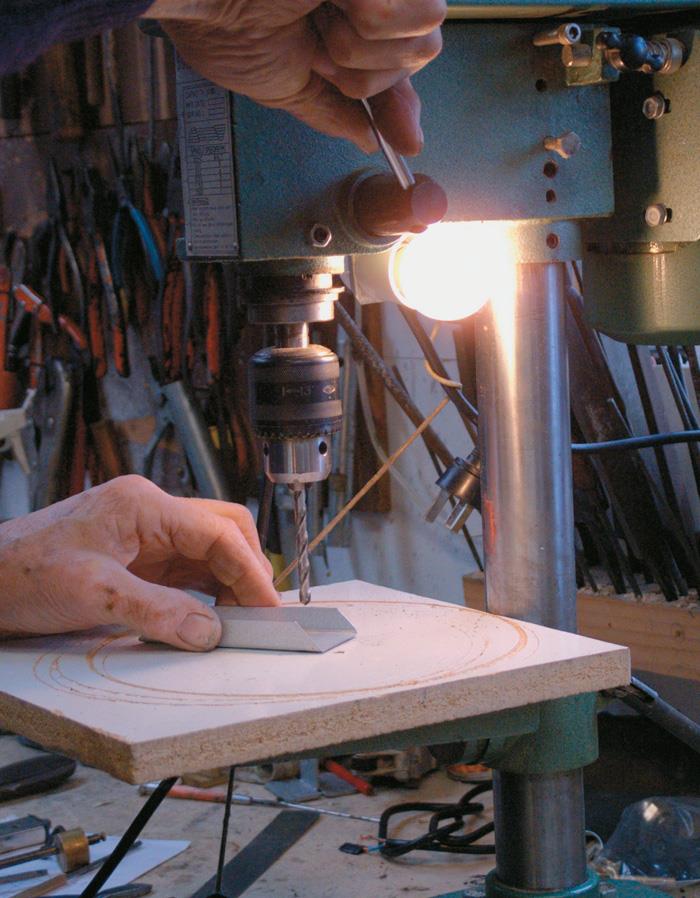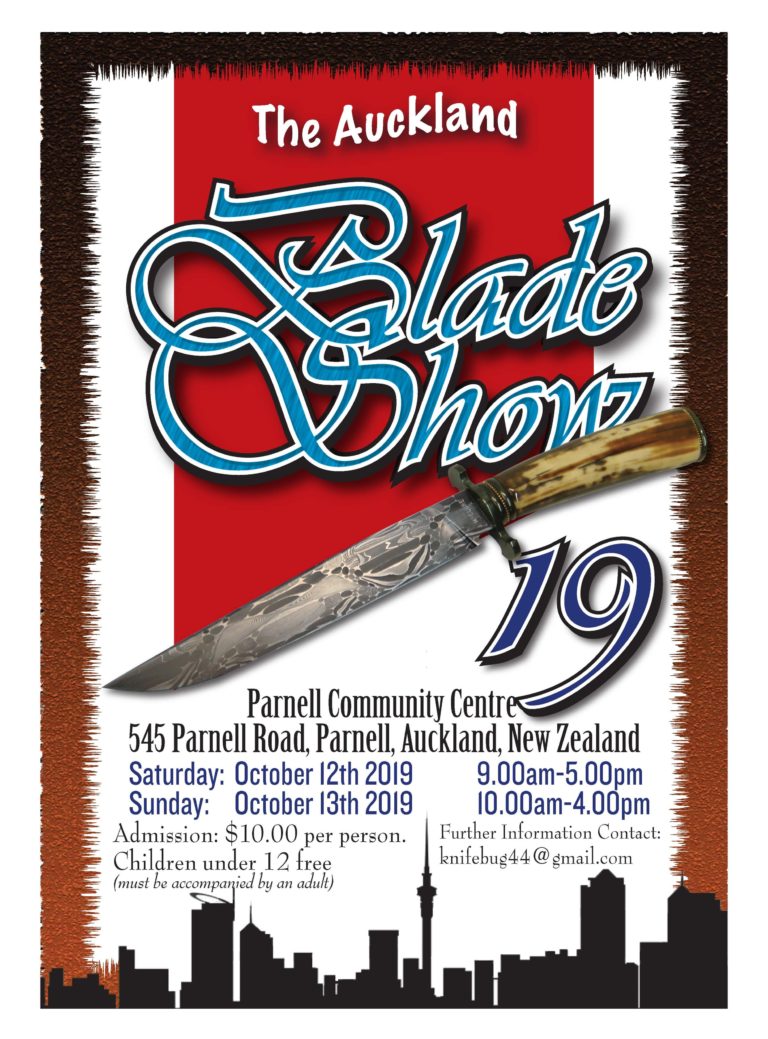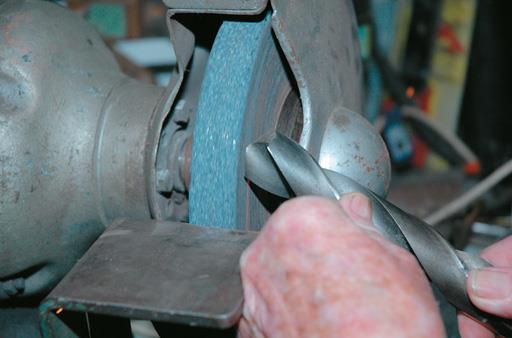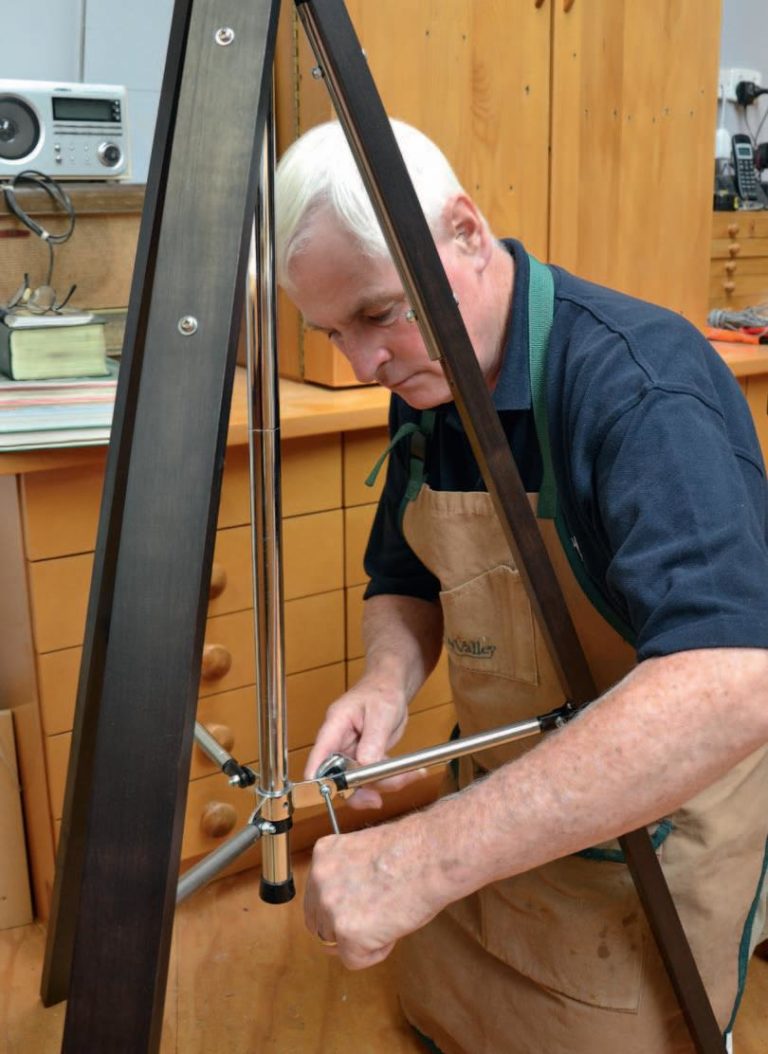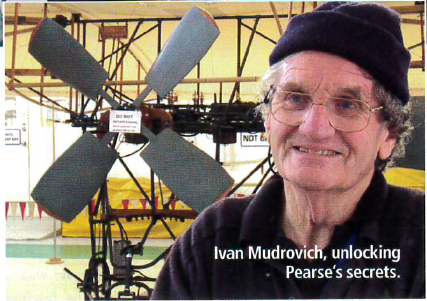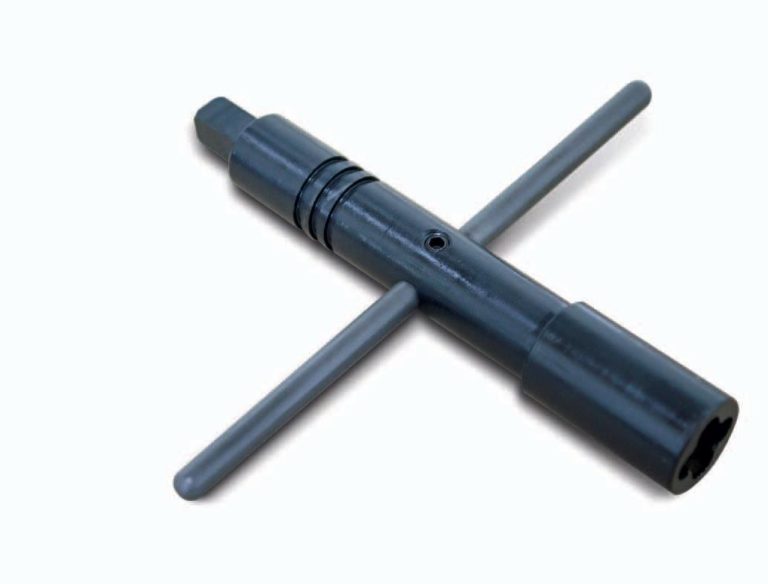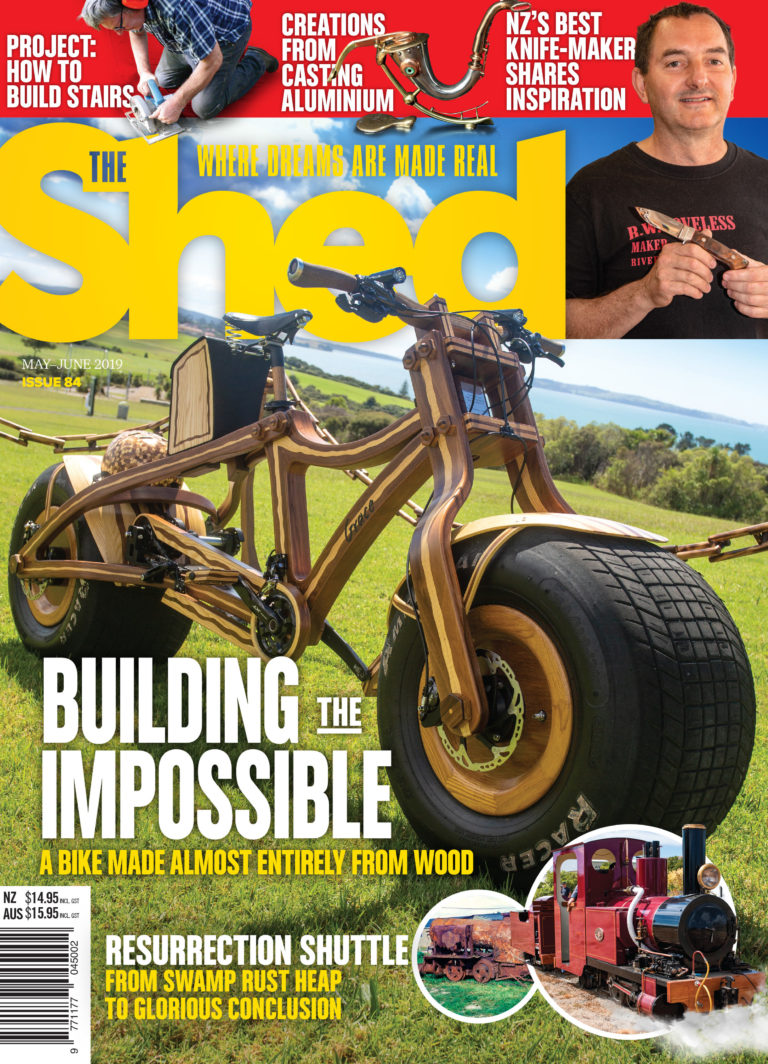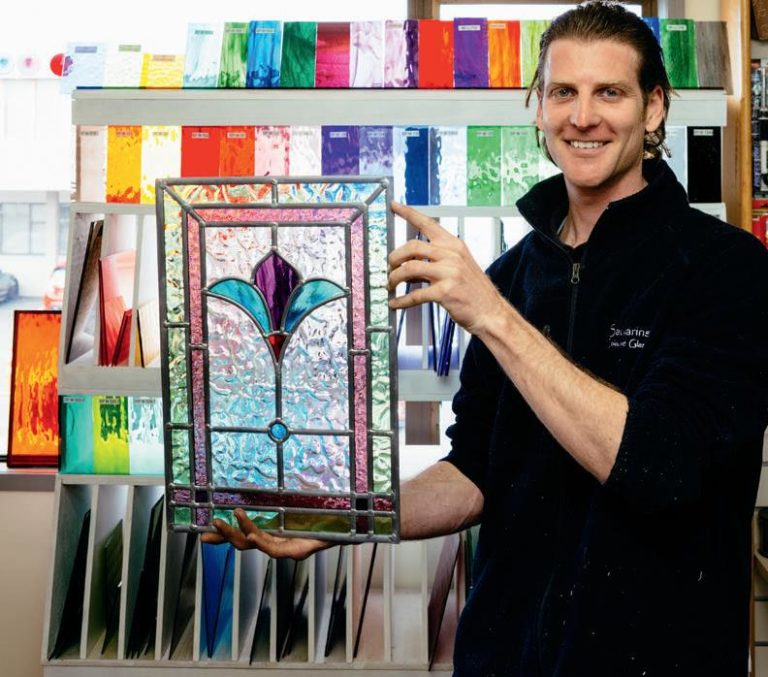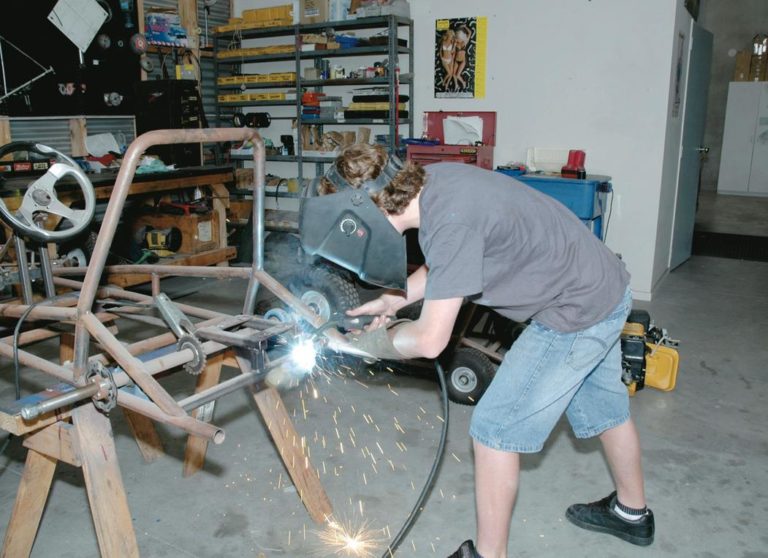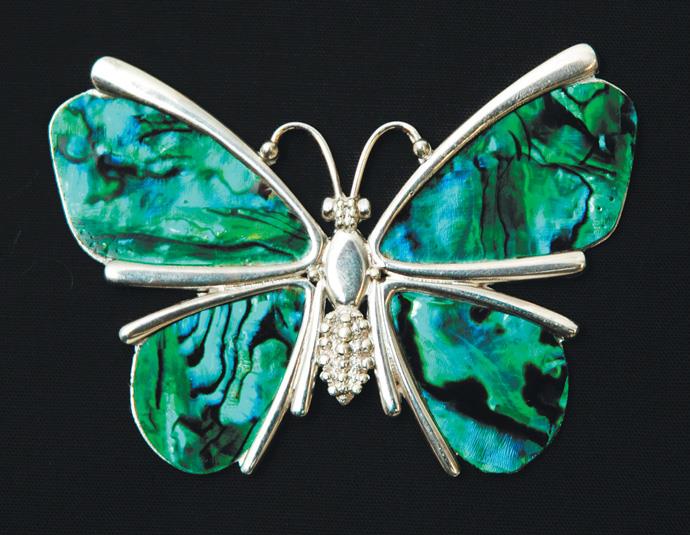
A silver butterfly takes wing
If this design was being made in an art school, it would be stuck to a sheet of silver and the basic shapes cut from there. If a design was made this way in, say, 18 carat gold and the wing outlines (as here) made from 2.5mm thick metal, the outlay and waste material would be considerable from a 2.5mm-thick sheet of 18 carat gold plate. But we will make it like a professional craftsman who has to live in the real world where costs matter.

